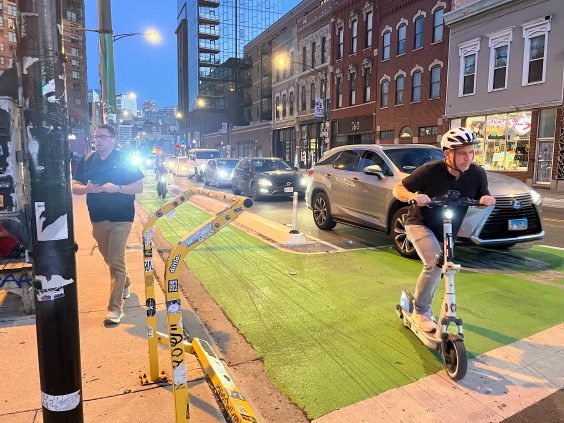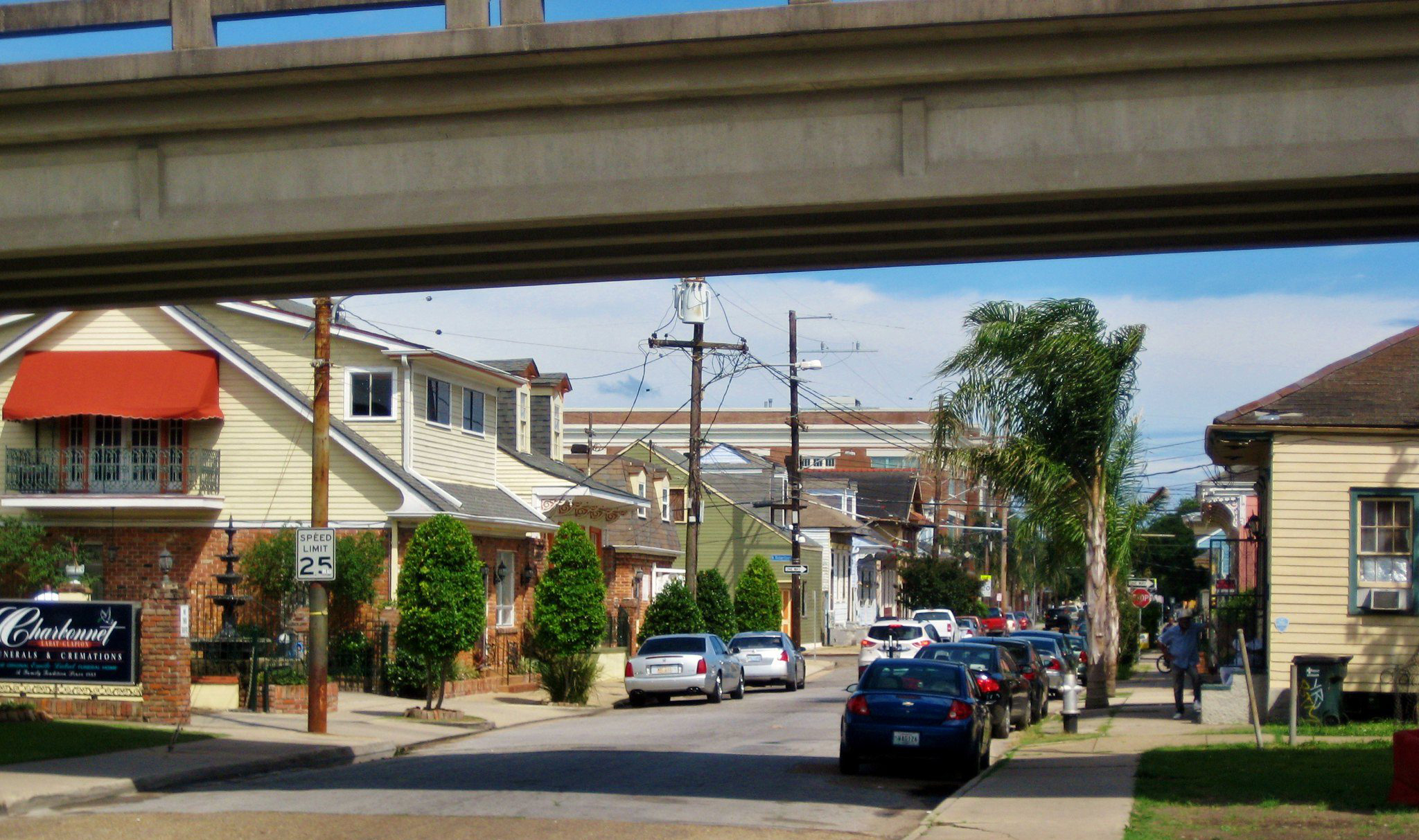In the past few years, a greater share of the population growth in and around Houston happened in the city itself, compared to the first decade of the millennium. The trend is pretty clear, reports Houston Tomorrow:

From 2010 to 2015, the City of Houston has added an average of 39,355 people every year -- 28% of the 142,281 added every year on average in the 13 County Houston region.
From 2000 to 2010, the City of Houston added an average of 14,582 people every year -- 12% of the 145,820 added every year on average in the 13 County Houston region.
The shift comes even though Houston's existing development rules make it difficult to build walkable places, Houston Tomorrow's Jay Blazek Crossley says:
We know from the Kinder Houston Area Survey that there is a massive pent up demand for walkable urban lifestyle options that traditionally has not been met in the last four decades of development. The shift in regional growth may be due to a shift in development as the City of Houston has started making urbanism legal. Walkable urban development remains illegal by City of Houston development code in most of the city, requiring a variance unless the development is within a quarter mile of a light rail station. In this small area, the Urban Corridors code is allowed as an alternative to the car dependent codes required for the entire city.
Transit, walking, biking, and green space improvements may also be facilitating the shift.
In general, the greater proportion of regional growth that can happen in existing communities, the less future traffic, air pollution, and regional ecological loss we can expect. One of the consequences of ecological loss may be an increase in flooding, as noted in recent articles about the tax day flood.
On average, residents of the Houston region drive 22,830 miles per year per household, while residents of the City of Houston drive 19,374 miles per year per household, according to maps from the Center for Neighborhood Technologies Housing + Transportation Index. Residents of dense neighborhoods like Montrose or Gulfton drive around 14,000 miles a year per household.
Had the Houston region continued growing with only 12% of growth in the City of Houston for the last five years, we would be theoretically seeing an additional 1,633,643 vehicle miles traveled every single day.
This trend should only give more momentum to Houston Mayor Sylvester Turner's call for a "paradigm shift" away from the car-centric, sprawl-inducing approach to transportation policy that has prevailed in the region for so long.
Elsewhere on the Network today: TransitCenter considers how APTA can become a better advocate for transit under new leadership. GJEL Accident Attorneys' blog gives an overview of some of the regulatory and legal issues presented by self-driving cars. And Mobility Lab explains how the Bill and Melinda Gates Foundation dramatically reduced solo car commuting by its employees.





